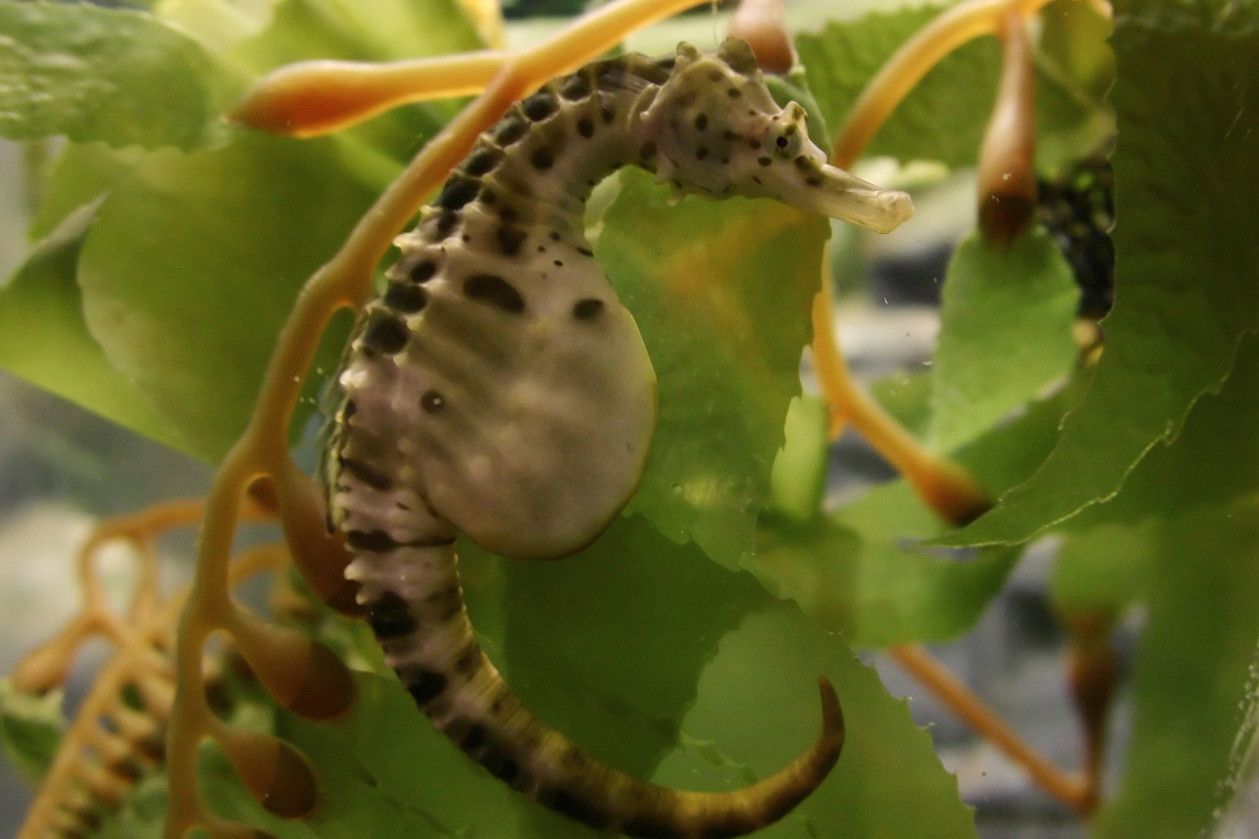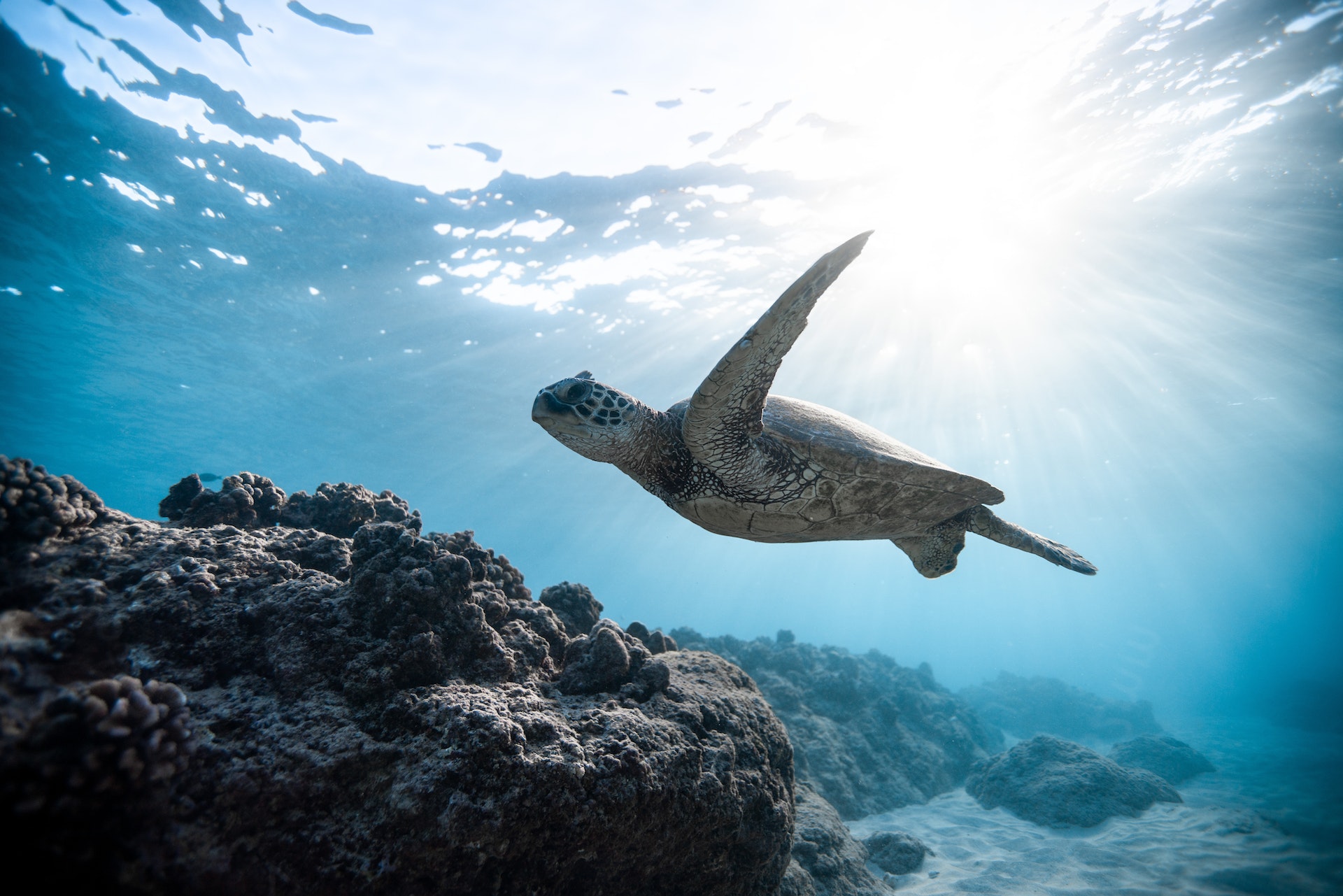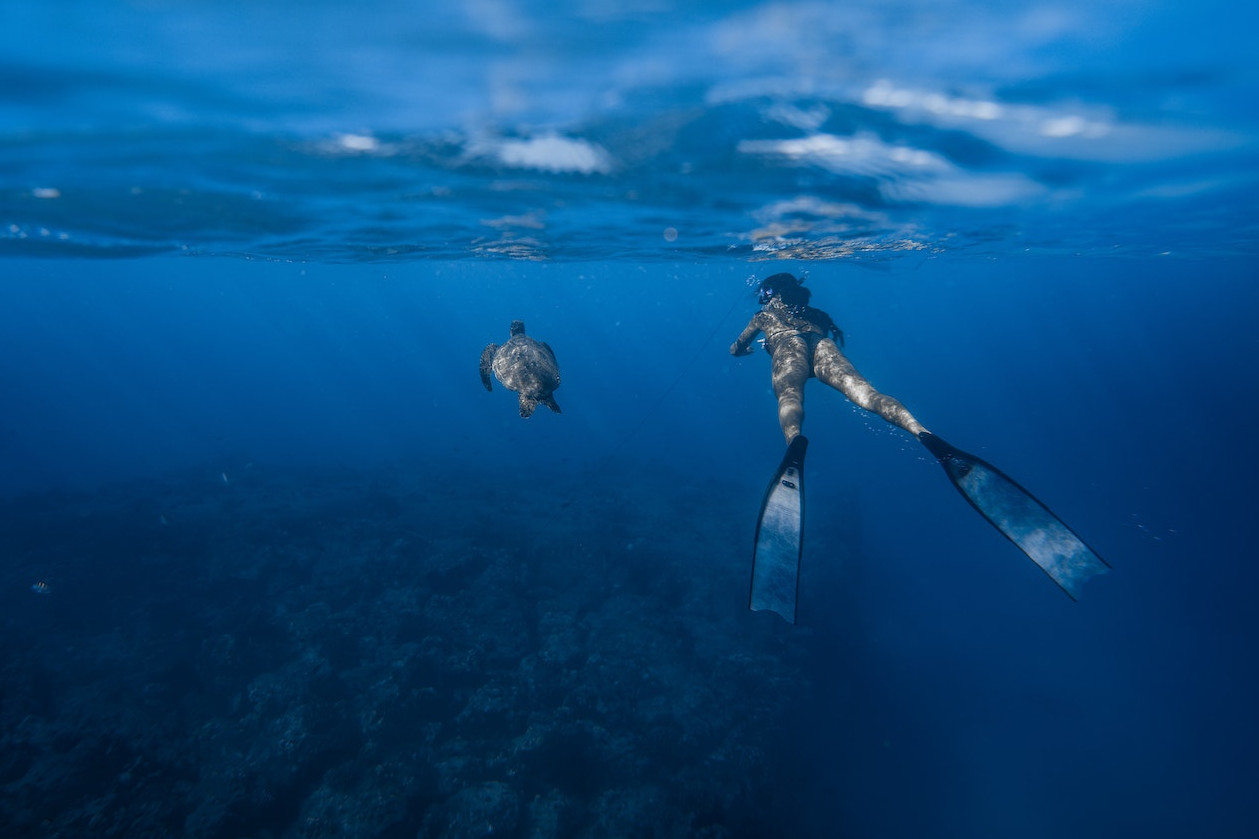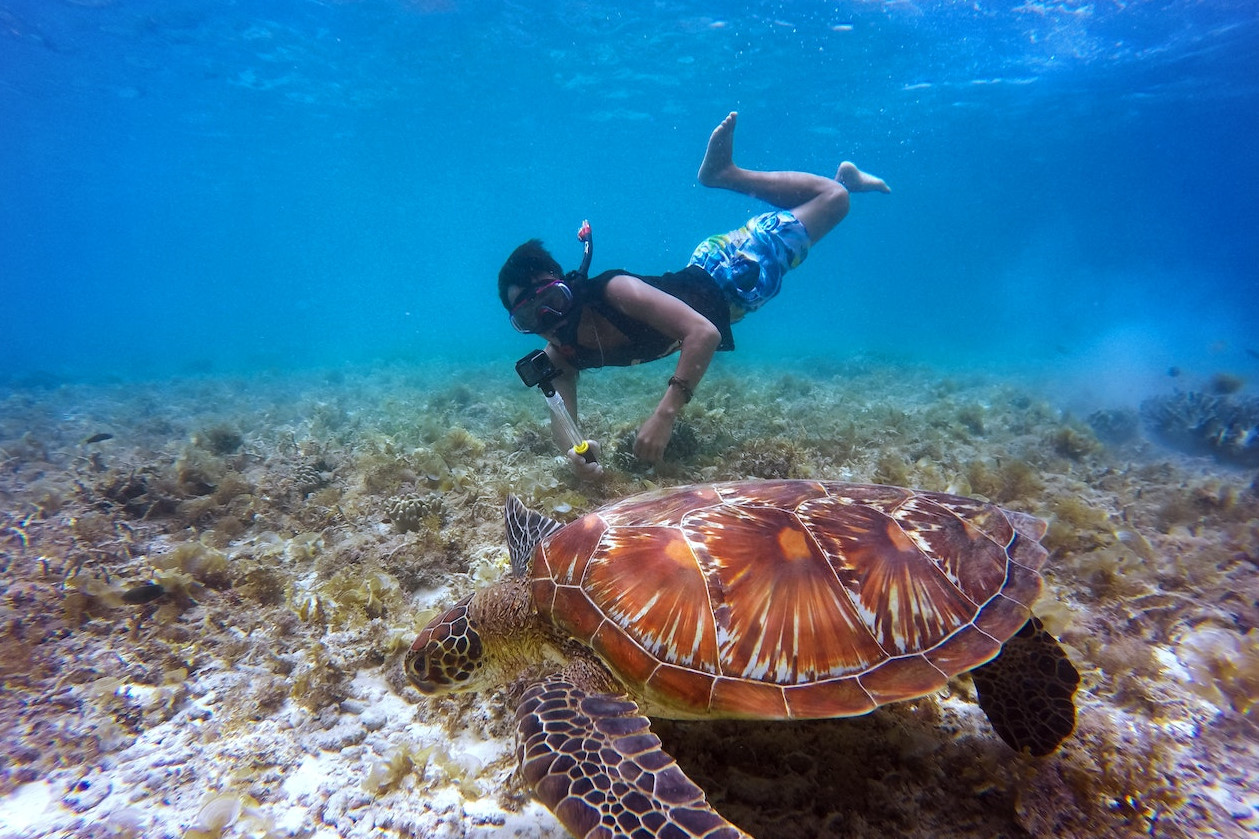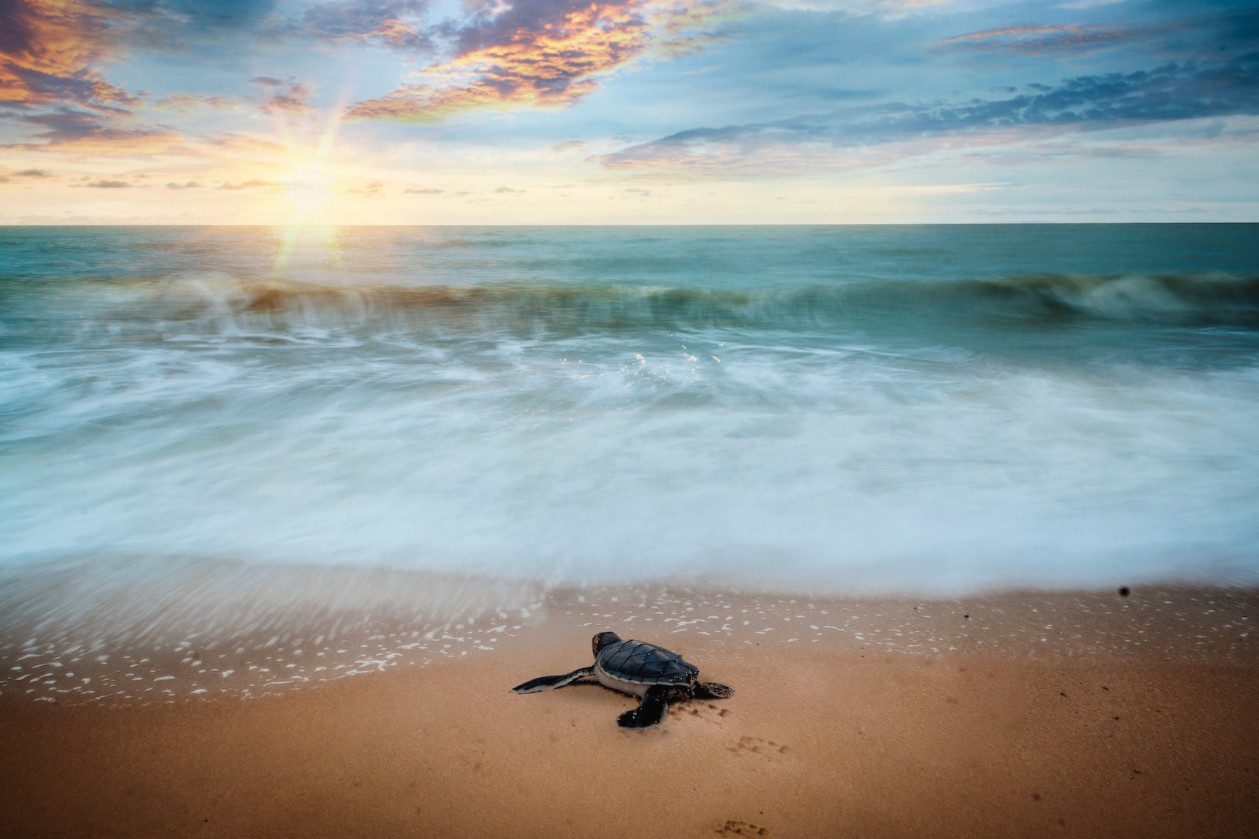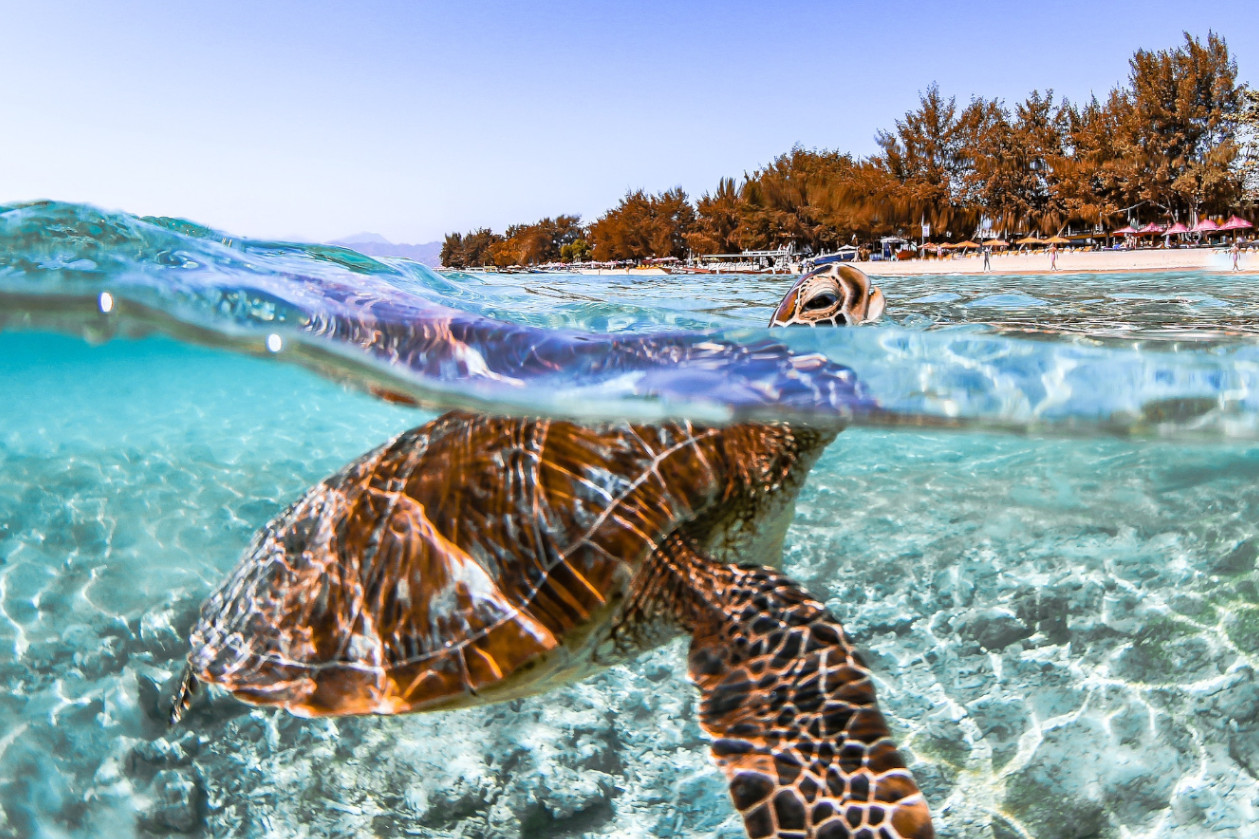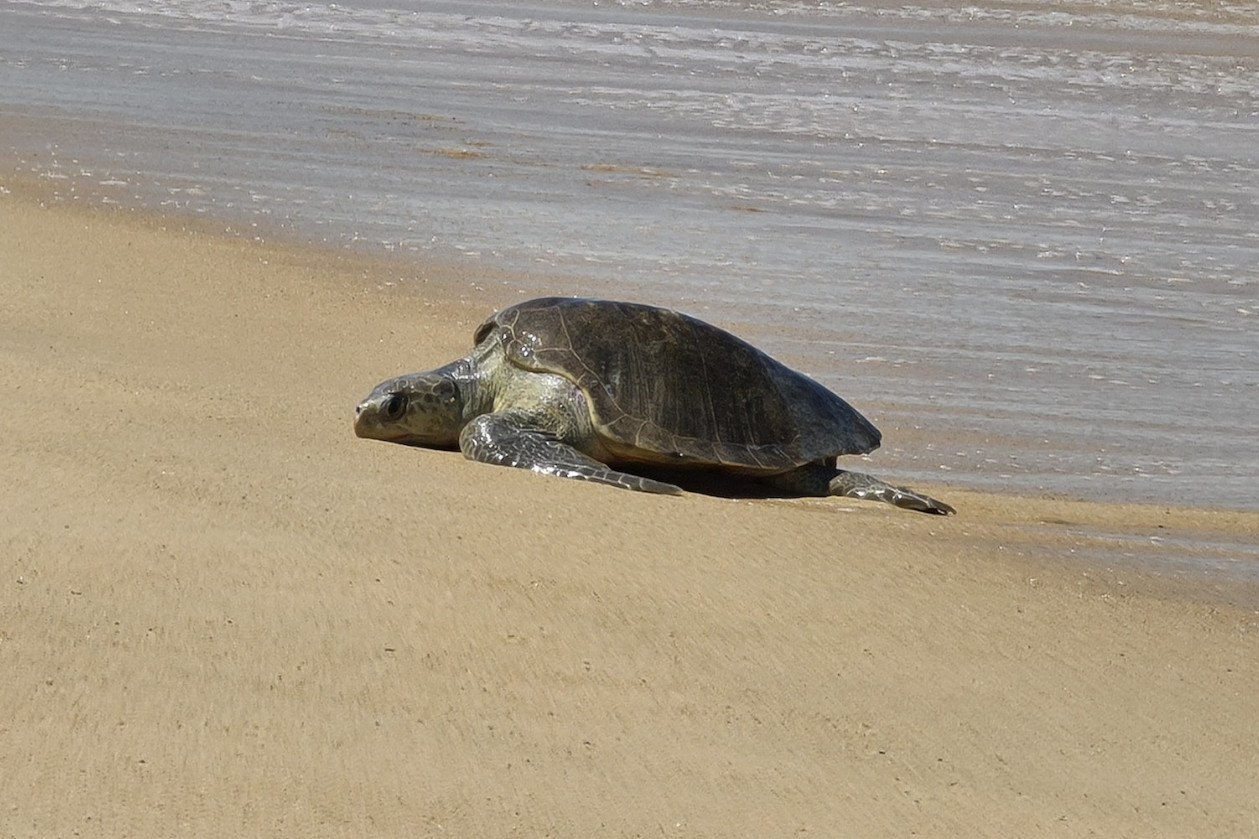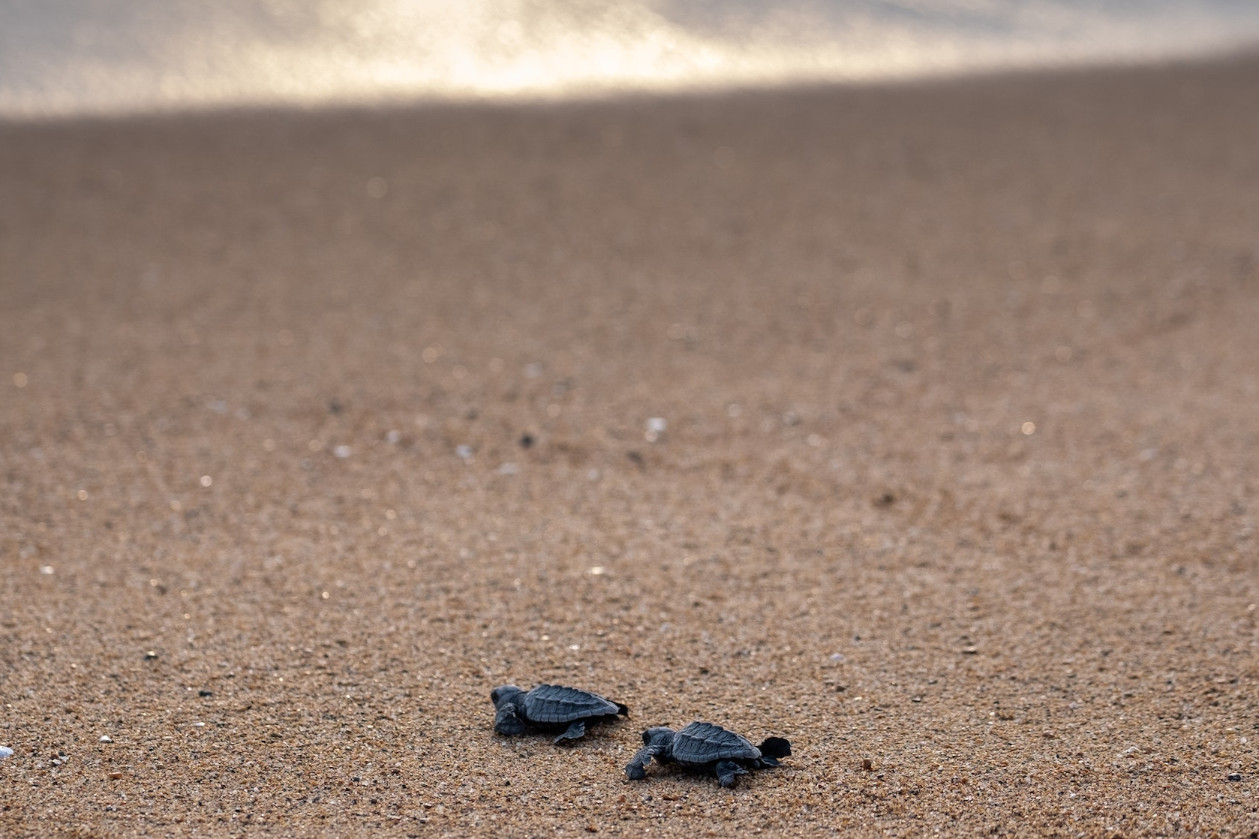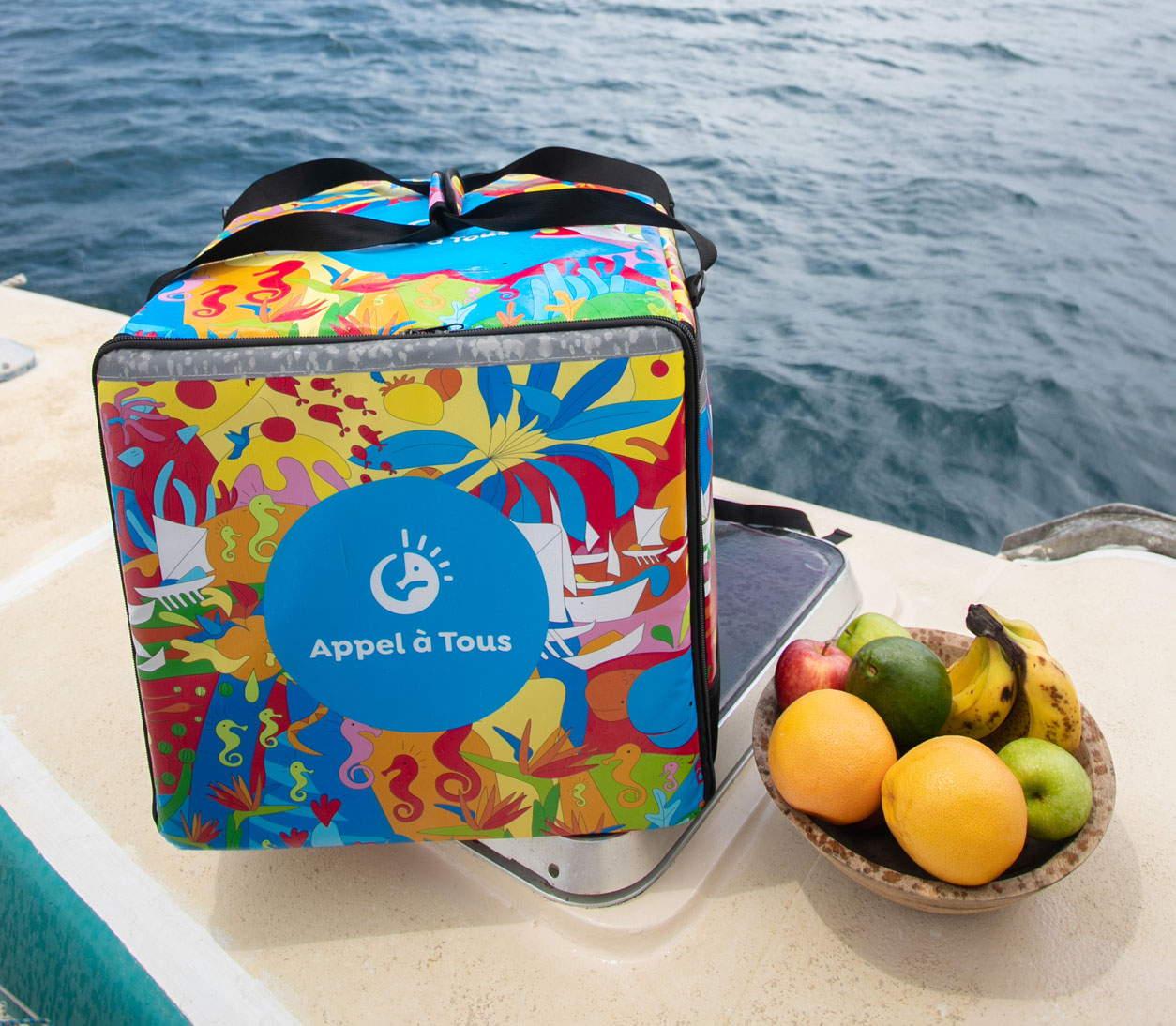How We Crafted Our New Identity…
Like with any brand, it is more than a name. A brand reflects an identity. As we rebranded from our original Appel a Tous, we recognised that we needed to tell our story a little better. Firstly, we want to introduce to you what we are, and then we will delve into the story behind who we are.
Paradise Foods is the first-of-its-kind provisioning delivery servicing available on various islands across the Caribbean. Our easy-to-use app allows users to choose from a carefully curated selection of produce from the islands and then receive them directly to their boat – on anchor or the dock – on the same day! Revolutionary, right?
We think so, but there is so much more to us!
A Founding Connection
To fully understand a brand, you must start at the beginning. At Paradise Foods our simple inspiration was our love for the Caribbean and the sailing community. The vision for our brand begins with this deep-rooted connection to the Caribbean islands. Having sailed around the Caribbean for many years, our co-founders wanted to give back to the community they were so warmly welcomed into.
This personal connection and love for the islands spurred them onto their idea; after experiencing various provisioning challenges themselves while onboard boats, they knew there could be a better, more efficient, way to stock up boats and connect the islands. After spending time searching for the best, local suppliers, they realised they could put them together onto one platform where others could find them with a few simple clicks.
They wanted people to spend more time enjoying the Caribbean and less time with logistics. The Caribbean is a truly magical place – ask anyone who has been! Besides the fact it is a combination of stunning and beautiful archipelagos with a whole array of landscapes, it is filled with the most vibrant of cultures and warmest people.
Thoughtful Designs
It is these cultures and the people of the islands that we wanted to showcase through our brand. We wanted to encapsulate their spirit and the islands’ distinctive identities into our design and branding. Every element of the brand’s visual identity reflects the carefully considered colours, patterns and designs that all pay homage to the unique aspects of the island’s character.
Our brand colours are bold and vibrant throughout the branding and the Paradise Foods apparel range. The colours make up a palette akin to the crystal clear blue waters, lush greens, golden sands and the bold colours of tropical fauna and flora. Not only do the colours reflect the vivacity and warmth of the islands, but you will always see our Paradise Foods delivery crew from miles away!
While the patterns that make up the overall designs stem from the islands’ characteristics, from the shape of the hibiscus petal to a whale’s tail, they mirror the shapes and forms of a many of the Caribbean’s natural wonders.
Representing Each Island
Although the results of our branding are of course aesthetically pleasing, our designs are not just pretty patterns; they are symbols of each island’s significance and importance – showcased symbolically through the different patterns and motifs that have been curated.
These designs highlight the fauna, flora and culture of the different islands fused together by the blue backdrop of the Caribbean Ocean. Our artwork represents Martinique’s flowers, St Lucia’s parrots and St Barth’s aviation industry.
Working Together
Authenticity is at the core of our brand, and to ensure this, we didn’t outsource our design ideas to some corporate design agency. Instead, we spoke to the people who live in and love the destinations inspired by our brand.
We collaborated with locals, artists and historians of various islands to ensure we correctly represented them and portrayed their cultural heritage most respectfully. We know how diverse each Caribbean island is, so we didn’t use one standard ‘tropical’ design that fits all for our brand; we incorporated distinctive elements from each. As we grow and expand we will also be servicing more islands and will begin to incorporate these into our brand at a later stage.
The Feedback
As the Caribbean season is warming up, we are excited to continue our mission and vision while expanding into other destinations. We have already received such great feedback on our new branding. Take a look to see what some of our users have been saying:
“It makes shopping so much easier at anchor or in the marine, and the same-day delivery service is very affordable.”
“I especially love the wide range of local products on offer.”
“The service is excellent, and we are always very happy with the products. The fruit and vegetables look great!
Our journey has just begun, and we cannot wait to continue exploring, connecting and servicing the Caribbean. Whether you are a Caribbean business owner, boat owner, a charter client, fleet manager, crew or simply love the Caribbean, we welcome you to our corner of the Internet at Paradise Foods.
